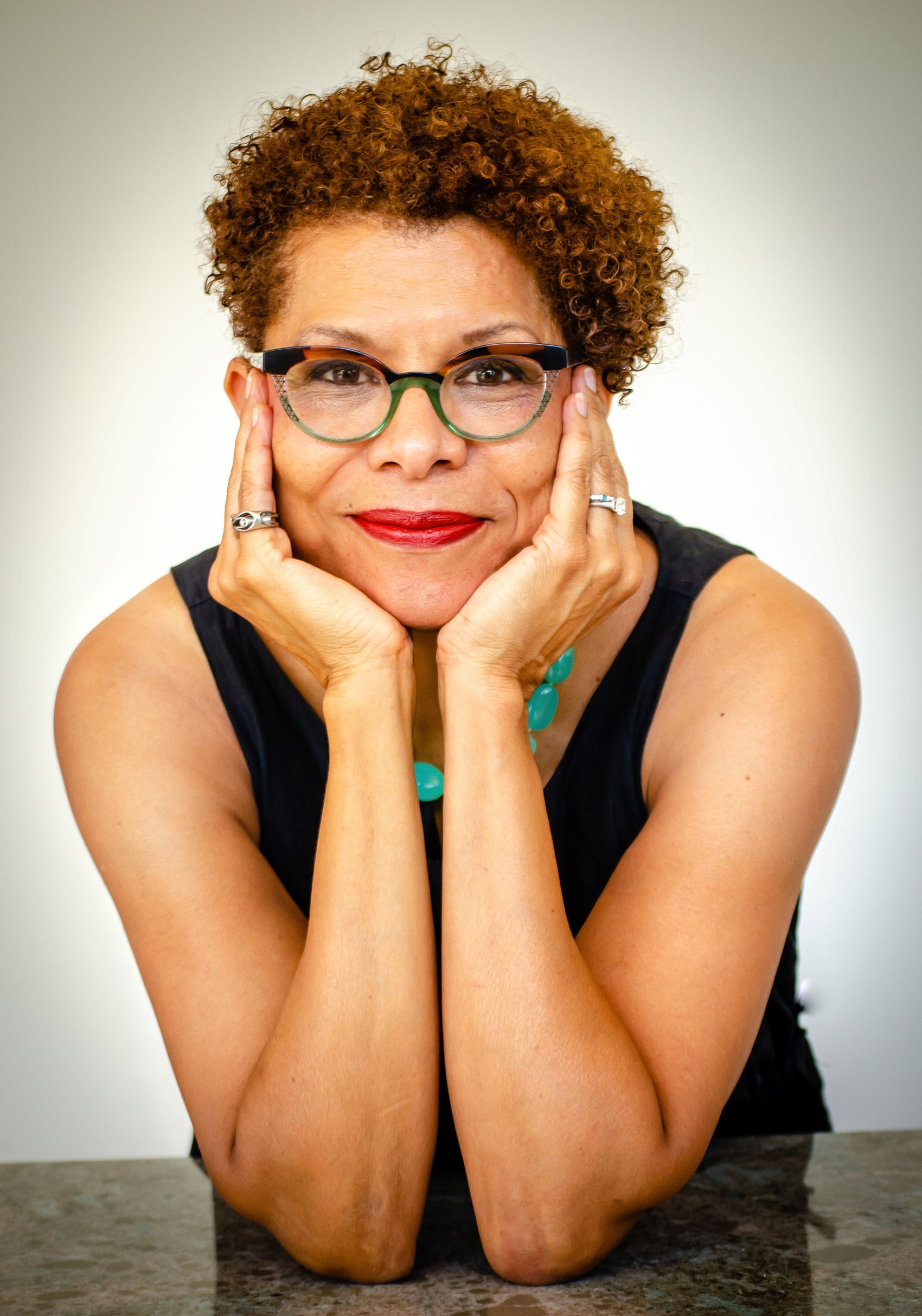Caste is alive and well in the United States — and it starts with the very neighborhoods we call home. That’s the uncomfortable truth Sheryll Cashin ’89, professor of law at Georgetown University, asks us to confront in her new book, “White Space, Black Hood: Opportunity Hoarding and Segregation in the Age of Inequality.” And confront it we must, she says, to have any hope of dismantling it.
As a local government law scholar, Cashin has spent much of her career thinking about racial segregation and the law. “Residential segregation is another follow-on legacy of white supremacy,” she says. “Each time this country seemed to put to bed a Black-subordinating institution, it created another one.”
This is the origin of the high-poverty, low-opportunity areas to which many poor Black Americans are relegated, Cashin says.
But just as there is a direct line from slavery to segregation, there is a through line of resistance. This includes Cashin, born into a family of civil rights activists in Huntsville, Alabama. Her father, John Cashin, founded an independent party to enable Blacks to run for office and himself ran for governor against George Wallace in 1970. Cashin’s mother was arrested during a sit-in with infant Sheryll in her arms, and Cashin herself, with her brothers, was a school integration pioneer. After graduating from Harvard Law School, Cashin served as a law clerk to U.S. Supreme Court Justice Thurgood Marshall and then as an adviser on urban and economic policy to President Bill Clinton, before joining the faculty at Georgetown.
“The most important value that my parents imparted was that you spend your waking hours doing things to uplift Black people who had a lot less than you did,” says Cashin. “You can see that value system in my book. I wrote this out of love for the people I call descendants, African Americans trapped in high-poverty Black neighborhoods.”
“Each time this country seemed to put to bed a Black-subordinating institution, it created another one.”
This geographic segregation, says Cashin, is not only a result of inequality, but also a producer of it — a space where many poor Black Americans are figuratively walled off from job opportunities, good schools, amenities like grocery stores and shops, and even, as in the recent case of Flint, Michigan, safe drinking water. She contrasts this systemic disadvantage with the mostly white, mostly wealthy areas where resources are abundant and jealously guarded.
Stark neighborhood inequality is no accident, argues Cashin. Overinvestment in white neighborhoods and underinvestment in Black ones have long been abetted by federal, state, and local governments; Baltimore, she writes, is a textbook example.
In the late 19th century, Black Baltimoreans could buy property and patronize stores freely, she says. But with the first wave of the Great Migration in the 1910s, the city instituted racial zoning, followed by racially restrictive covenants on home sales. Later, Baltimore created segregated public housing, and city planning projects like urban renewal — which the author James Baldwin famously described as “Negro removal” — led to the displacement of families and communities. On a national level, New Deal programs aimed at supporting home ownership mostly did so to the exclusion of Black Americans, who suffered from practices like redlining — the systematic practice of denying mortgages in Black neighborhoods — and from racially restrictive covenants on new homes built with federal subsidies.
“To this day, the overwhelming majority of the neighborhoods unfairly marked by the government as ‘hazardous’ in the 1930s are still marginalized,” says Cashin. And, she adds, once racism created and marked such neighborhoods, myths about the alleged pathologies of people who lived there justified additional policies — militarized policing, third-party surveillance — intended to keep them there.
Although Black Americans are most acutely burdened by geographic segregation, Cashin says that nearly everyone — aside from elites — loses out when opportunity is so unevenly distributed.
“Only a small percentage of the population can afford to buy their way into what I call ‘gold-standard neighborhoods,’ which have the best of everything,” she says. “People in concentrated-poverty, Black neighborhoods get the worst deal. But everyone who is excluded from high-opportunity neighborhoods, including working-class whites, is subsidizing those wealthy areas. Their golden infrastructure is largely paid for by taxpayers who are excluded.”
“We have an opportunity to construct something new that is the opposite of residential caste.”
For Cashin, the point is to challenge readers to understand how something as seemingly innocuous as the street on which we were raised can dictate the course of our lives, particularly for Black Americans. Then, she says, comes the hard work of abolition and repair — words she uses to invoke the idea of transformative, ongoing change.
“Today we have an opportunity to construct something new, something that is the opposite of residential caste,” she says. “Seeking inclusion in neighborhoods and schools rather than exclusion, seeking racial equity in investment rather than opportunity hoarding. My hope is that we create a lot more places that promote social mobility for poor people, particularly poor Black and Latinx people. And that we finally change the lens in which we see poor Black Americans, from presumed thug to presumed citizen. Seeing them as three-dimensional human beings that are capable, that are assets — assets and agents in their own liberation.”
